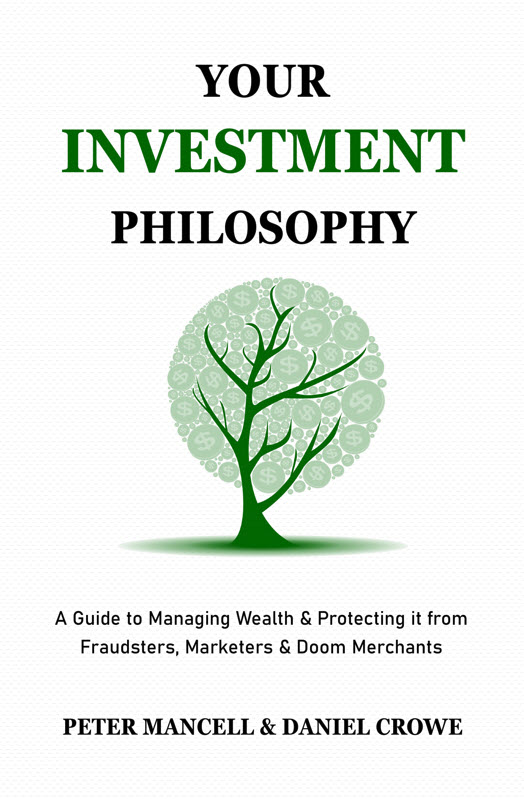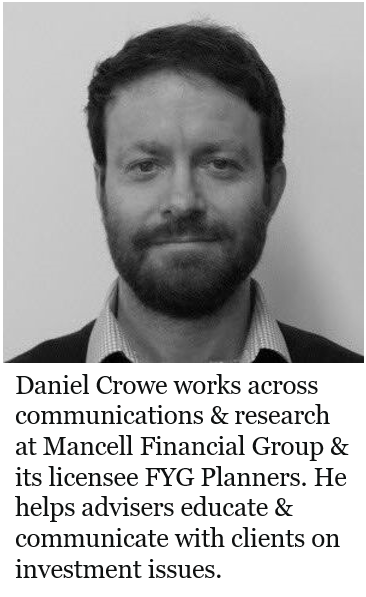In this episode of “What’s the Risk?”, we dive into the impact of currency hedging by examining the historical performance of the MSCI World ex Australia Index (net dividends, hedged to AUD) and its unhedged counterpart. We analyze a 50/50 portfolio combining these indices, commonly tracked by ETFs like VGAD (hedged) and VGS (unhedged). This approach highlights how currency fluctuations influence investment returns and demonstrates how blending hedged and unhedged indices can reduce portfolio volatility. We compare the long-term performance of VGAD versus VGS to determine which has historically outperformed—prepare for some unexpected insights!
For investors unfamiliar with hedging, we break it down with a clear, concise definition and a practical example contrasting hedged and unhedged positions. This illustrates how hedging can shield returns from currency swings, as well as the risks of not hedging. Additionally, our host Peter shares a cautionary tale of a Tasmanian mining company that misjudged its currency exposure, leading to its downfall. This real-world story underscores the critical importance of managing currency risk effectively. Tune in to explore how strategic hedging can enhance portfolio stability and protect against unforeseen currency movements in global investing.
Watch the full “VGAD Hedging ETF” episode.
This represents general information only. Before making any financial or investment decisions, I suggest you consult a financial adviser to take into account your personal investment objectives, financial situation and individual needs. Anyone looking to build a portfolio should seek financial advice to find out which strategy is right for them, if you are a high net worth investor looking financial advice then you should consider a high net worth financial adviser, they can help you identify your goals and put in place a reliable strategy to pursue them.


